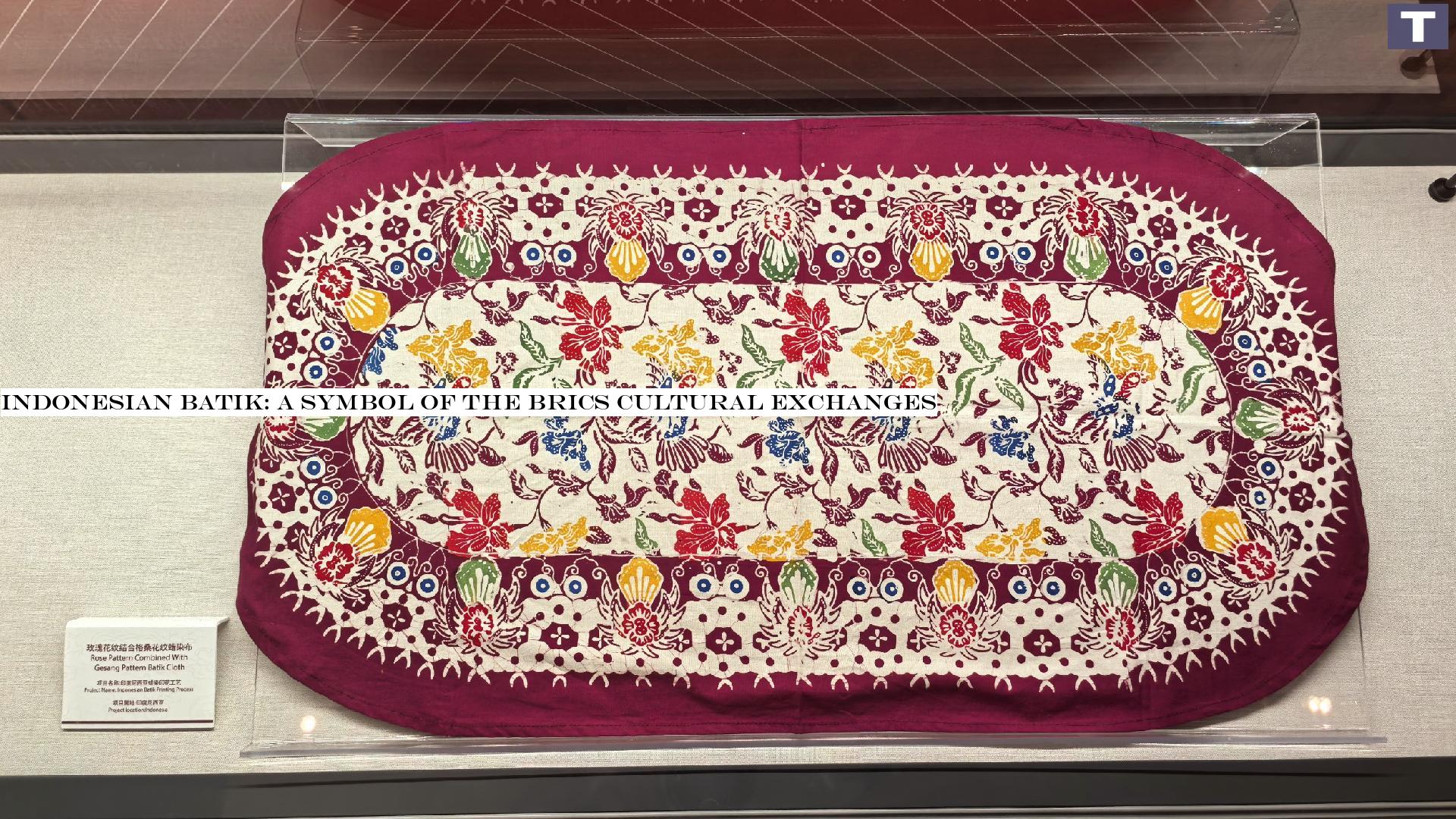
In the varied cultural landscape of the BRICS countries, each nations culture shines like a brilliant star, illuminating and boosting the others.
Indonesias intangible cultural heritage craft of batik printing sticks out as an amazing sign of cultural exchange with its special charm.Batik is an essential part of Indonesian life and has a long and rich history dating back to the 5th century advertisement.
At first scheduled for the Javanese royal family and nobility, its popularity slowly spread to the wider public.
On October 2, 2009, UNESCO inscribed Indonesian batik on the Representative List of the Intangible Cultural Heritage of Humanity, which Indonesia later designated as National Batik Day.The batik production procedure is incredibly intricate and is divided into 2 categories: hand-painting and maker printing.
In the hand-painting approach, artisans use a special wooden-handled copper pen to draw patterns diligently on fabric with liquid wax.
As soon as the wax has cooled, the cloth is colored.
The wax-coated parts maintain their initial color, and if numerous colors are required, the procedure is duplicated a number of times.
An experienced craftsmen might take more than 10 days to finish a hand-painted batik piece.Batik patterns are abundant in symbolic significances and cultural connotations.
There are over 5,800 patterns in total, some of which draw from traditional Indonesian tunes, dances, and misconceptions.
Others incorporate diverse cultural components, such as Arabic calligraphy and symbols like the Chinese phoenix and Japanese cherry blooms.
These elements show Indonesias historic integration and exchanges with other world civilizations.

 17
17







